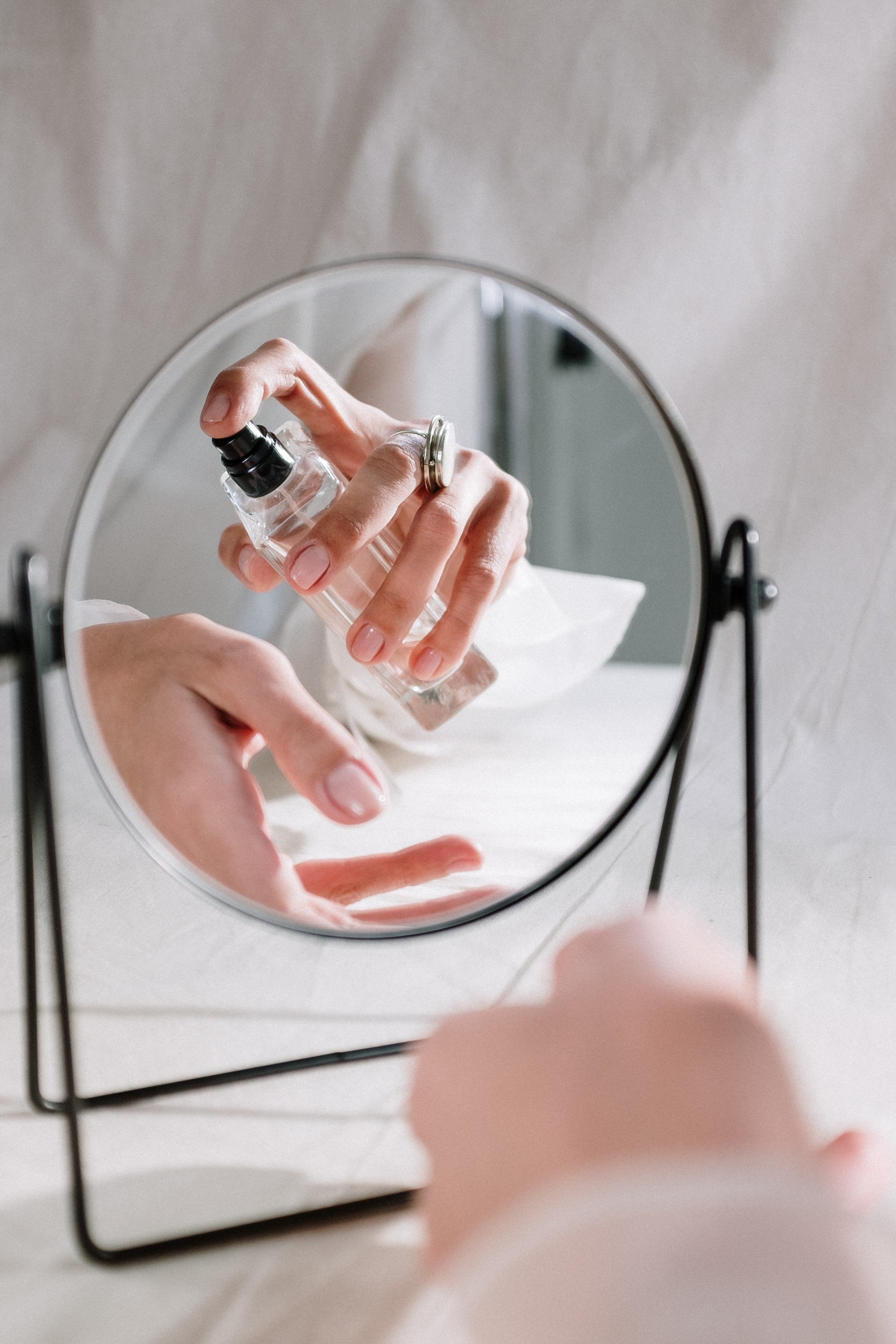State of Perfume - Solid vs. Liquid

Liquid perfume has long been the go-to choice for many, but solid perfumes have gained popularity in recent years, and for good reason. We explore the key differences between solid perfume and liquid perfume, enabling you to make an informed choice when it comes to your olfactory journey.
Liquid Perfume
Liquid perfume, in its classic form, has been a staple in the fragrance industry for centuries. It consists of a mixture of essential oils, synthetic aroma compounds, solvents (usually alcohol), and sometimes water. The liquid form allows for easy application using spray bottles or dabbing with a dropper or rollerball. Here are some key features of liquid perfume:
Application: Liquid perfume offers versatility in application. You can spray it directly onto your skin, on clothes, on other fabrics, or simply in your room. The spray format enables easy control over the amount applied, allowing you to customize the intensity to your liking.
Projection: Due to its highly volatile composition, liquid perfume evaporates relatively quickly upon application. This evaporation process contributes to the fragrance's projection, allowing it to diffuse into the air and create a scented aura around you. Liquid perfumes generally have a stronger sillage, leaving a noticeable trail as you move.
Portability: Most liquid perfumes come in glass or plastic bottles that are not the best travelers. Bottles can be art on their own - intricate designs and pleasing to hold bottles are key features of some brands. However, liquid perfume can be tricky to transport, especially for air travel, as the risk of leaking or breakage is high. More and more brands are choosing refillable bottles, but many leave you with an unrecyclable, empty bottle in the end.
Solid Perfume
Solid perfume, also known as balm or wax-based perfume, has gained popularity in recent years as an alternative to traditional liquid fragrances. Instead of being in a liquid solvent, it is formulated with a blend of aromatic compounds and carrier waxes or oils, resulting in a semi-solid or solid consistency. Here are some notable characteristics of solid perfume:
Application: Solid perfume is usually presented in small, portable containers like compacts or pots. With solid perfume, you can apply the fragrance more precisely by using your fingers or a small brush to dab or swipe the balm onto pulse points. This tactile experience allows for a more intimate and controlled application.
Longevity: Solid perfumes tend to have a longer-lasting scent compared to their liquid counterparts. The waxes and oils used in their formulation help slow down the evaporation process, resulting in a fragrance that lingers on the skin for an extended period. The intimate nature of solid perfume application also contributes to a more subtle, close-to-the-skin scent experience.
Portability: Solid perfumes are extremely travel-friendly. The compact and sturdy packaging makes them an excellent option for those who are always on the go. Since they are not subject to liquid restrictions, solid perfumes can be easily carried in your handbag or pocket, allowing for discreet touch-ups anytime, anywhere. Solid packaging is more likely to be recyclable, like ours!
-----
Both solid perfume and liquid perfume offer unique experiences and advantages. Liquid perfume provides application versatility, strong projection, but has weak portability, while solid perfume offers precise application, longevity, and portability. The choice between the two ultimately comes down to personal preference, convenience, and the desired scent experience. Whichever form you choose, the world of fragrances awaits, ready to add a touch of luxury and personal expression to your everyday life.



